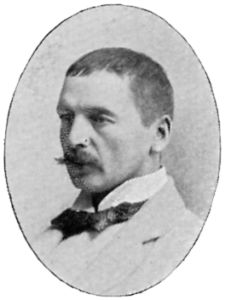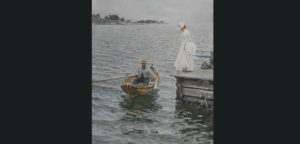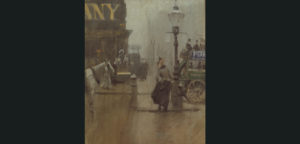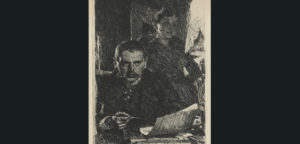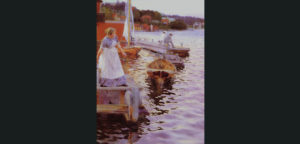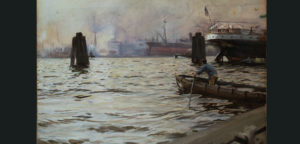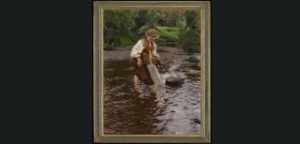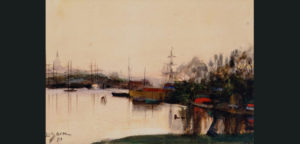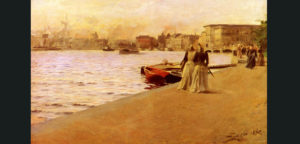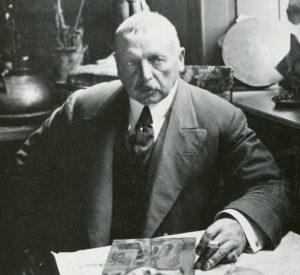He was bas born on February 18 into a peasant family on a farm near the small Swedish town of Mora. The artist’s mother was not married to his father. Andres lived on his parents’ farm.
1860 - 1920
Anders Leonard Zorn
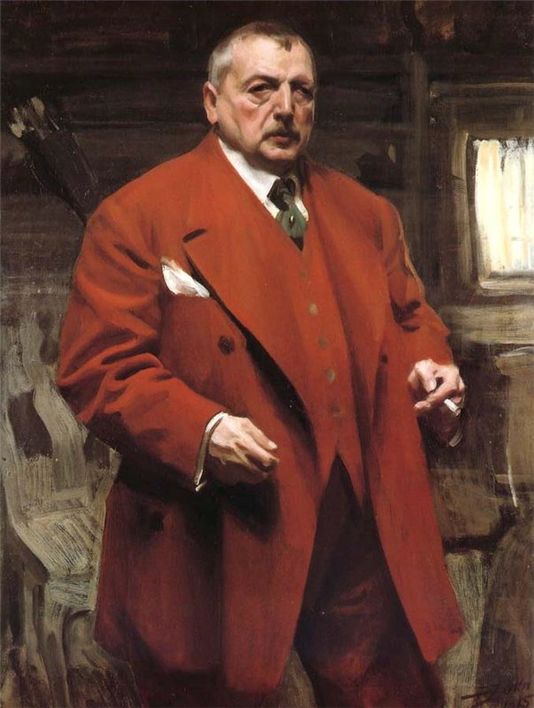
description
A famous Swedish painter, graphic artist and sculptor, Zorn was a popular portrait painter. His paintings were ordered by famous politicians, artists and businessmen. The artist worked a lot with watercolor, enjoyed etching. Zorn’s creations – portraits, landscapes and engravings – are full of strength and freshness, excellent air and light transmission, simplicity and, at the same time, special dignity and nobility. The artist had a great influence on the development of Russian art.
Key ideas:
– The work of Andres Zorn has a special, inimitable style that is distinguished by great courage and integrity of vision. The use of a wide brush and a minimum number of colors makes his work related to impressionism. A large role is played by light, which also makes it similar to canvases of French masters: Claude Monet, Auguste Renoir, Edgar Degas.
– The artist worked a lot with the naked female body, boldly depicting forms with a broad brushstroke. The artist’s etchings are made in an original manner. They attract your eye by the rich play of light and shadow, the virtuoso transmission of the moment that is taking place. The virtuous hatching of Zorn helped him convey the depicted motive in dynamics.
– Deep insight into the character of the model, the ability to notice something peculiar in each person, makes Zorn one of the most popular portrait painters of his time. The artist worked in a free, virtuosic manner, effectively combining the authenticity of the realism of the old school and the fresh vision of the Impressionists.
– A special place in the master’s work is occupied by scenes from the life of Swedish peasants, the image of simple entertainment, fairs, and dances. The heroes of Zorn’s canvases are rural girls in everyday situations: soaring in a bath, bathing in a river, or simply posing with pleasure to the artist. They are distinguished by their incredible vitality, natural energy and national character.
1860
1875
1880
1881
1887 - 1888
1888
1889
1896
1897
1919
1920
The birth of the artist
Moved to Stockholm
Moved to Stockholm and entered the Royal Academy of Arts, where he studied sculpture, and later graphics and painting.
The first success of the artist
The first success of the artist. The watercolor painting “In mourning”, presented at the student exhibition, attracted the attention of art critics and the public. Thanks to this, Zorn had rich portrait buyers; he was able to earn a living.
He got engaged to Emma Lamm
He went abroad, where he spent four next years, mostly in England and Spain. There he received international recognition as a portrait painter. In the same year, he got engaged to Emma Lamm – a girl from a rich Jewish family, whose portrait he painted.
“Fisherman”
Being in England, he decided to switch over to the technique of oil painting. One of the first such works (the painting “Fisherman”, 1888), exhibited at the Paris Salon, was purchased by the French government.
Settled in Paris
Settled in Paris, where he improved his knowledge and painting technique. The artist traveled a lot to the USA, Russia, Turkey, Morocco and Eastern Europe, not forgetting to regularly return to his homeland.
At the World Exhibition in Paris, the artist was awarded the Order of the Legion of Honor
At the World Exhibition in Paris, the artist was awarded the Order of the Legion of Honor.
Settled in the town of Mora
Settled in the town of Mora, which he left only occasionally, till the very end of his life. In this town, he founded the Higher School for peasants and constantly subsidized it.
He went to Moscow
He went to Moscow. There, at the exhibition of Scandinavian artists, organized by Diaghilev, 27 works by Zorn were exhibited.
Established a special “A. Zorn scholarship”
Established a special “A. Zorn scholarship” for gifted children and young people.
The death
Anders Zorn died on August 22, 1920 in Mora.
Anders Leonard Zorn
On Artist
flow
Realism
friends
James Whistler
artists
Rembrandt
Diego Velazquez
Pierre Auguste Renoir
Alfred Sisley
Edgar Degas
Camille Pissarro
Claude Monet
Egron Lundgren
Frans Hals
By Artist
flow
Post-impressionism
friends
Konstantin Korovin
artists
Valentin Serov
Abram Arkhipov
Boris Kustodiev
Philip Malyavin
Konstantin Somov

